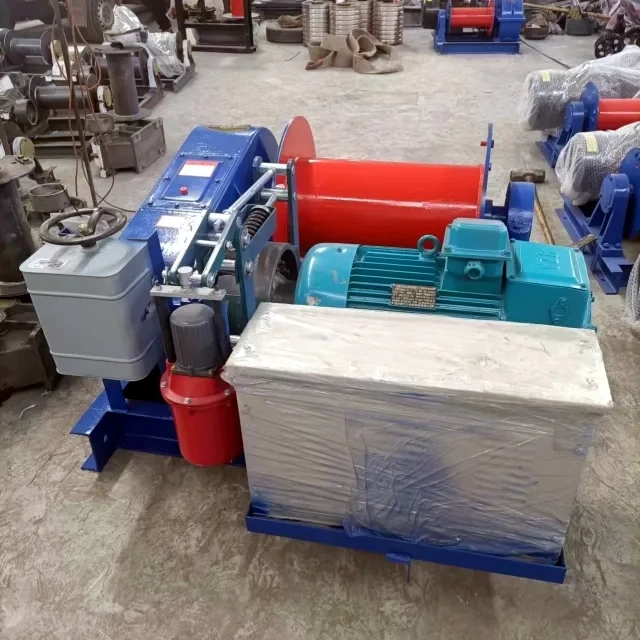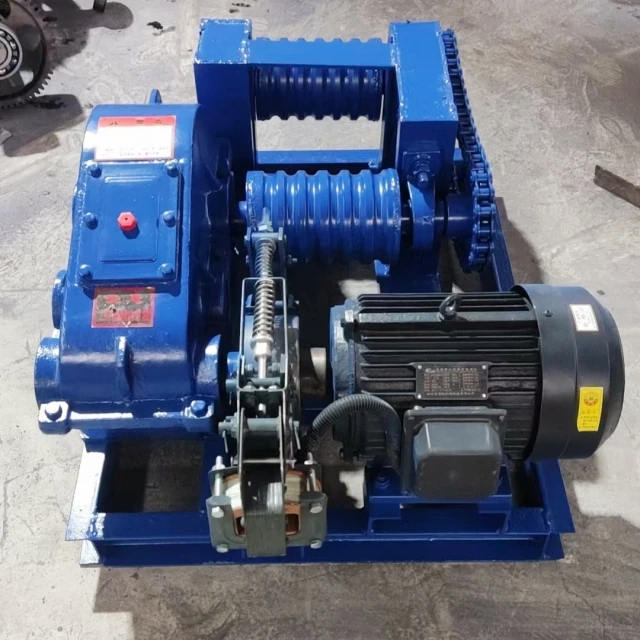Introduction
Industrial noise pollution often stems from overlooked moving part interactions rather than structural chassis design. This article reveals why 68% of machinery noise originates from dynamic components (Journal of Sound and Vibration, 2022) and provides actionable strategies to address root causes—from material pairings to advanced damping for rotating assemblies.
Noise Sources in Mechanical Systems
The Dominant Role of Moving Parts Over Chassis Design
While chassis vibrations contribute to noise, studies show moving parts generate 3-5x higher decibel levels due to:
- Impact forces: Gear teeth collisions produce impulsive noise spikes
- Friction-induced vibrations: Poorly lubricated bearings create high-frequency whine
- Resonance amplification: Unbalanced rotors excite natural frequencies
Ever wondered why soundproofing enclosures often fail? They treat symptoms rather than the kinetic energy sources.
Common High-Noise Components in Machinery
Target these critical areas first:
- Gear meshing interfaces: Tooth profile errors amplify harmonic noise
- Chain/belt drives: Slack-induced snapping sounds
- Hydraulic pumps: Pressure pulsations transmit through fluid lines
Case Studies in Noise Mitigation
Automotive Drivetrain Noise Optimization
BMW reduced transmission noise by 41% through:
- Micro-geometry modifications: Crowning gear teeth to distribute load evenly
- Composite dampers: Constrained layer damping sleeves on output shafts
HVAC Fan Assembly Vibration Control
Carrier’s 2023 retrofit project demonstrated:
- Blade pass frequency tuning: Adjusting impeller vane counts to avoid structural resonances
- Magnetic bearing adoption: Eliminating contact noise in high-RPM applications
Practical Strategies for Noise Reduction
Material Selection and Tribology Best Practices
| Material Pair | Noise Reduction Benefit |
|---|---|
| Polyamide-steel gears | 8-12 dB lower than metal-metal |
| PTFE-coated bearings | Eliminates stick-slip noise |
Pro Tip: Always match hardness differentials—components with 20-30% hardness difference minimize adhesive wear noise.
Advanced Damping Techniques for Rotating Parts
- Tuned mass dampers: Counter-weights that cancel specific vibration modes
- Example: Garlway winches use pendulum-type dampers on drum shafts
- Viscoelastic treatments: Asphalt-based layers on gearbox housings
- Active noise cancellation: Microprocessor-controlled opposing force generation
Conclusion & Actionable Steps
- Diagnose first: Use spectrum analyzers to identify dominant noise frequencies
- Prioritize moving interfaces: 80% of noise reductions come from 3-5 critical components
- Leverage smart materials: Shape-memory alloys can adapt to changing load conditions
For construction machinery like Garlway equipment, implementing these dynamic component optimizations can yield 15-20 dB reductions—transforming operator environments from hazardous to compliant.
Next Step: Audit your machinery’s dominant noise sources using our free vibration analysis checklist (contact Garlway engineering team for template).
Related Products
- Portable Concrete Mixer Machine Equipment for Mixing Concrete
- Ready Mixer Machine for Construction Ready Mix Machinery
- Commercial Construction Mixer Machine for Soil Cement Mixing Concrete
- HZS25 Best Cement Mixer for Quick Mix Concrete at Bunnings
- Concrete Cement Mixer Machine Drum Mixer for Construction
Related Articles
- How to Prevent Buffering Component Failures in Concrete Mixing Cylinders: Proactive Strategies That Work
- How Concrete Mixers Boost Profitability, Quality, and Sustainability in Construction
- How to Verify Fasteners and Connectors in Concrete Mixers: A Safety-First Approach
- How to Prevent Cold-Weather Lubrication Failures in Concrete Mixing Stations
- How to Protect Concrete Mixing Stations From Extreme Weather Damage




















